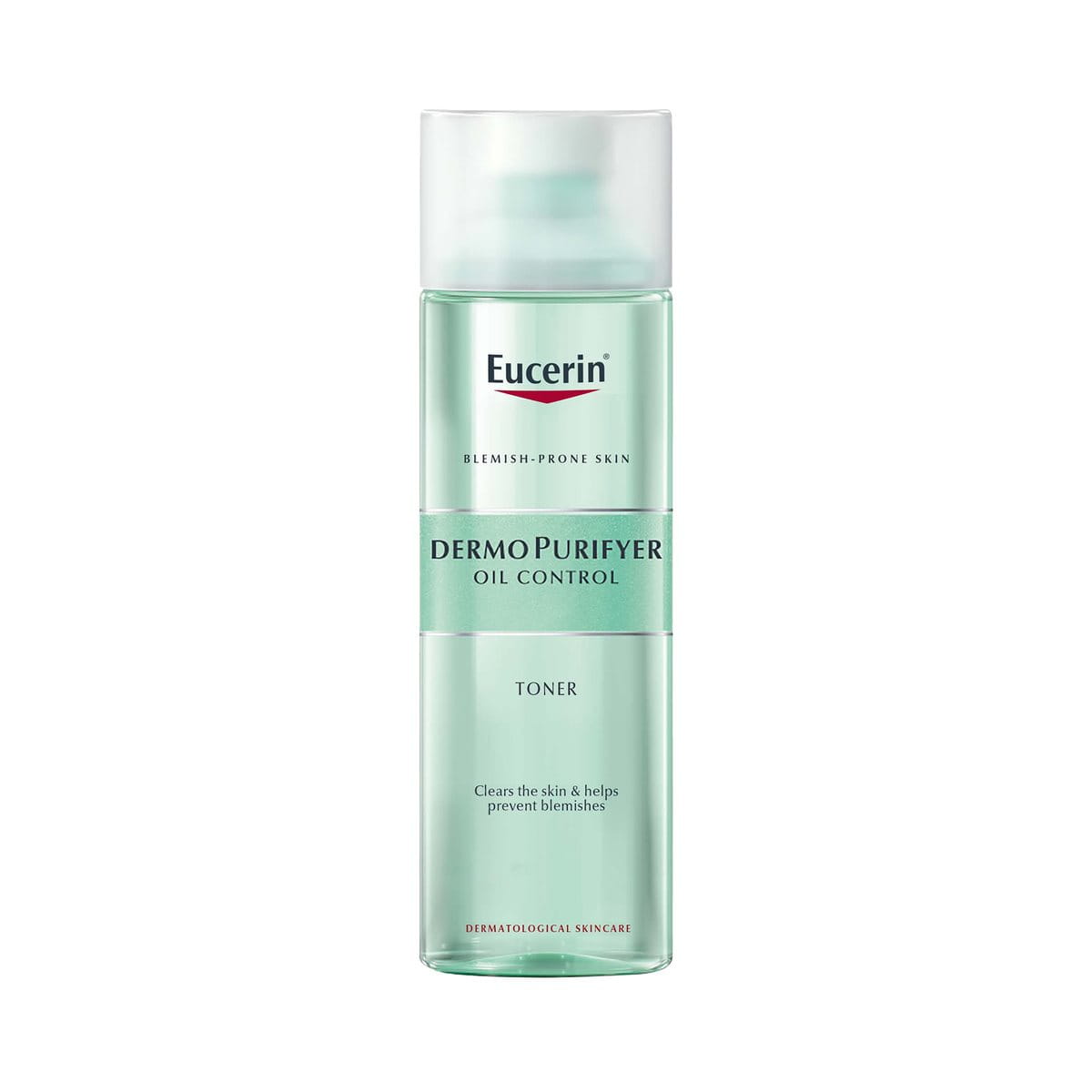Learning your skin type is crucial to every step of your skin care, whether you’re buying products, choosing actives, or simply layering them on. Think of your skin type like a guide for what it needs. So, here’s how to know your skin type and what it needs.
Keynotes:
- Understanding how to know your skin type is key to choosing the right skincare products and actives.
- There are five main skin types—oily, dry, combination, normal, and sensitive—each needing tailored care.
- You can determine it at home using simple tests like the blotting sheet or bare-faced method.
- Matching skincare to your skin type helps maintain healthy, balanced skin.



